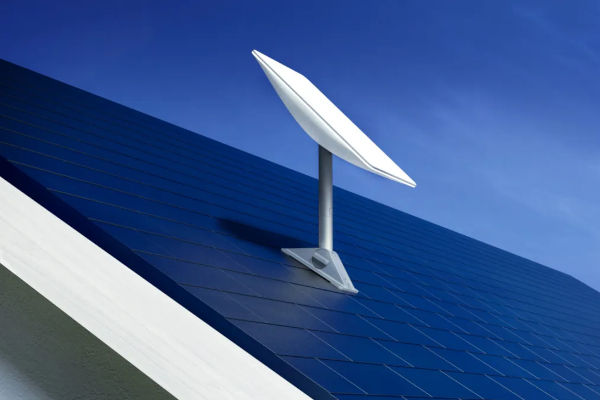A research project at Washington University which is ongoing
could sooner or later significantly change the way we use our cell phones to
make calls since the project’s prototype doesn’t actually require a battery to
make calls.
could sooner or later significantly change the way we use our cell phones to
make calls since the project’s prototype doesn’t actually require a battery to
make calls.
The prototype is the brainchild of Joshua Smith, a researcher at
the university’s lab for computer science and electrical engineering. Smith has
spent years developing the prototype and, beyond the basics of making a phone
call, Smith envisions a cell phone that can also continue sending text messages
and taking selfies long after the juice in the battery has drained.
the university’s lab for computer science and electrical engineering. Smith has
spent years developing the prototype and, beyond the basics of making a phone
call, Smith envisions a cell phone that can also continue sending text messages
and taking selfies long after the juice in the battery has drained.
The concept is that technology can be developed, and has
already begun being developed, that can draw energy from the surrounding
environment and wireless transmission signals – which Smith calls
“backscatter.”
already begun being developed, that can draw energy from the surrounding
environment and wireless transmission signals – which Smith calls
“backscatter.”
Backscatter is inspired by ideas used by Soviet Spies during
the cold war, which Smith heard from his father – who was a spy at the time.
The spies used bugs that were powered by specific radio frequencies which were
also used to transmit data via a mirroring process. By working out how to control
and optimize the process using modern hardware and sofware solutions, Smith’s
team was able to create a viable base station that could be incorparated into
modern cell towers.
the cold war, which Smith heard from his father – who was a spy at the time.
The spies used bugs that were powered by specific radio frequencies which were
also used to transmit data via a mirroring process. By working out how to control
and optimize the process using modern hardware and sofware solutions, Smith’s
team was able to create a viable base station that could be incorparated into
modern cell towers.
Although the team is focused on communicating through calls,
for now, which are undeniably one of the most power hungry ways to communicate
with a smartphone, they do hope to find a way to make the technology work for
other things. An e-ink display, for example, could be used to keep text
messages up and runnig in a low-energy way.
for now, which are undeniably one of the most power hungry ways to communicate
with a smartphone, they do hope to find a way to make the technology work for
other things. An e-ink display, for example, could be used to keep text
messages up and runnig in a low-energy way.
The first call ever using the technology developed by Smith
has already been made. Unfortunately, for now, the sound quality is still very
poor. Moreover, it’s still analog. That means it works similarly to a two-way
radio, where listening and talking can’t be simultaneous. The current form the
phone leaves quite a lot to be desired as well.
has already been made. Unfortunately, for now, the sound quality is still very
poor. Moreover, it’s still analog. That means it works similarly to a two-way
radio, where listening and talking can’t be simultaneous. The current form the
phone leaves quite a lot to be desired as well.
You can check out its current form in the image above, but
it’s really just a board with a keypad and LED lights to indicate when one of
those keys is pressed. Obviously, there is still a lot of work left to do, but
the research lab has high hopes for future iterations. Most dramatic changes to
technology are very rudimentary when first developed. With any luck, the team
at Washington University will work out the kinks and smartphones manufacturers
will find a way to incorporate it. That way, the most important communications
people make every day with their devices may be able to continue without the
need for battery packs or a wall socket.
it’s really just a board with a keypad and LED lights to indicate when one of
those keys is pressed. Obviously, there is still a lot of work left to do, but
the research lab has high hopes for future iterations. Most dramatic changes to
technology are very rudimentary when first developed. With any luck, the team
at Washington University will work out the kinks and smartphones manufacturers
will find a way to incorporate it. That way, the most important communications
people make every day with their devices may be able to continue without the
need for battery packs or a wall socket.

































